Etiquipedia Chinese Dining and Table Etiquette
Etiquipedia The Chinese Emperor's Etiquette
China is known as a state of etiquette and ceremonies. Many proverbs have been passed down from generation to generation such as "civility costs nothing" or "courtesy demands reciprocity" and so on. Just like a unique culture of a country, the traditional Chinese etiquettes can let people to know about the daily life of Chinese in China
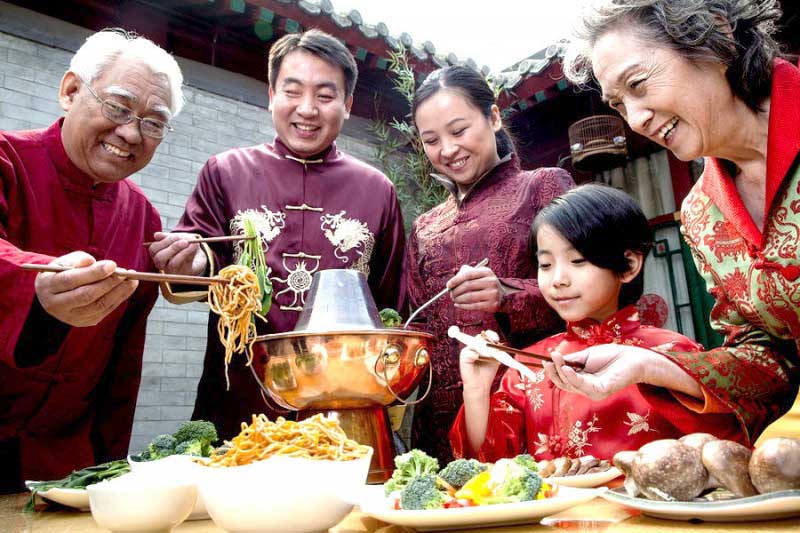
Important Chinese Table Manners You Must Know That's Mandarin
There are mainly three kinds of etiquettes in China. The first category is daily life etiquette: including meeting etiquette, introduction etiquette, conversation etiquette, banquet etiquette, reception etiquette, dance etiquette, the etiquette of gift-giving, and etiquette of visiting a sick person.

Chinese Dining Etiquette and Table Manners Chinese language and culture class YouTube
It boasts a vast and varied geographic expanse, 3,600 years of written history, as well as a rich and profound culture. Chinese culture is diverse and unique, yet harmoniously blended — an invaluable asset to the world. Our China culture guide contains information divided into Traditions, Heritage, Arts, Festivals, Language, and Symbols.
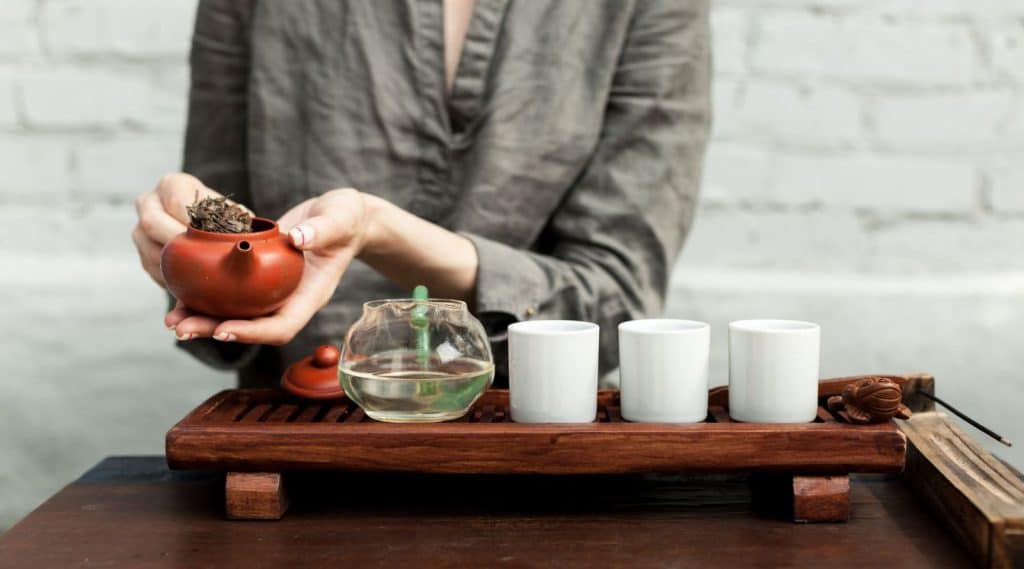
Chinese Tea Ceremony Etiquette Guide
Rites, or etiquette in a modern sense, have been deeply rooted in the Chinese culture and exerted influence on all segments of the feudal dynasties, including the political systems, social lives, and philosophy.
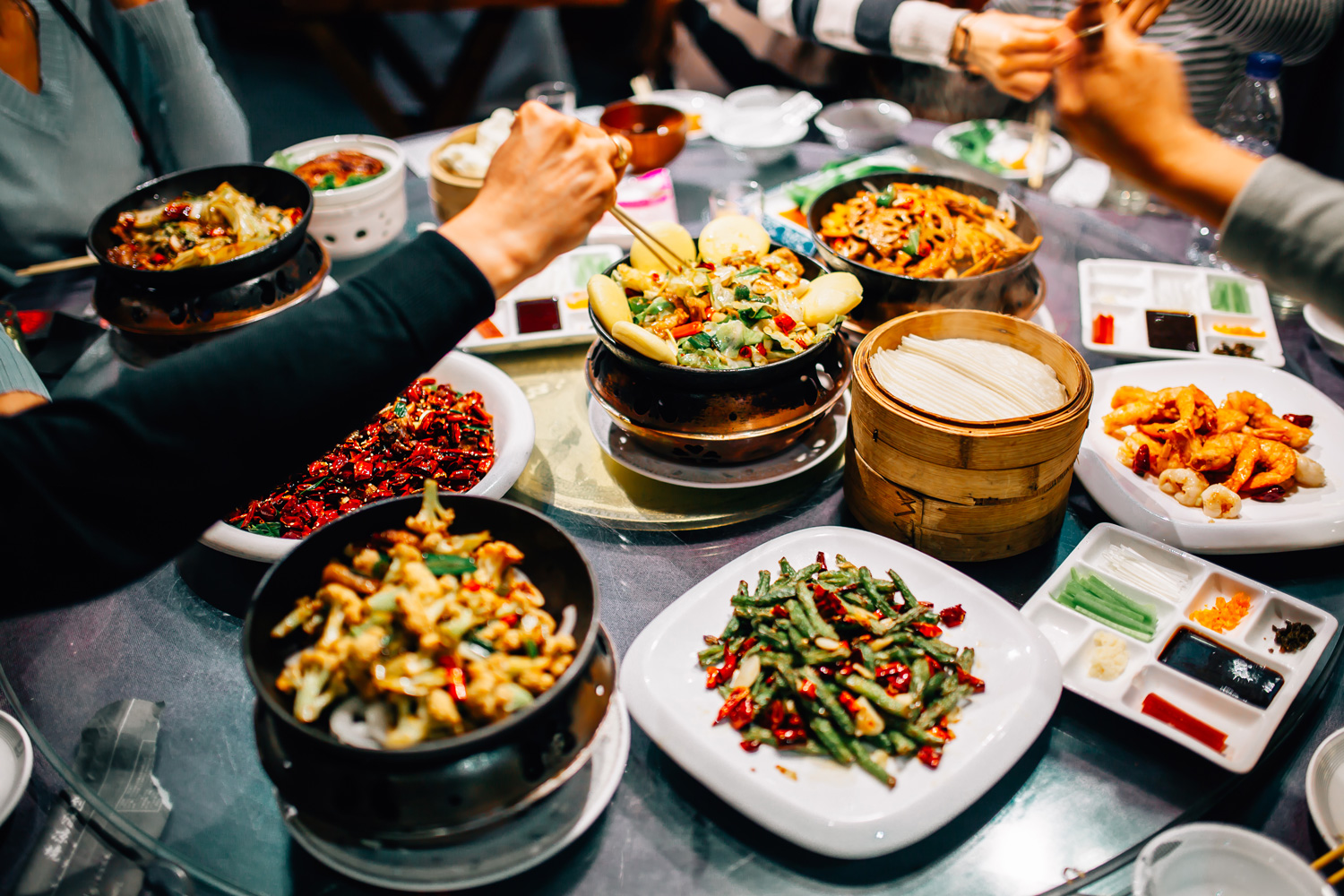
Chinese Etiquette and Customs Asian Inspirations
t. e. Customs and etiquette in Chinese dining are the traditional behaviors observed while eating in Greater China. Traditional Han customs have spread throughout East Asia to varying degrees, with some regions sharing a few aspects of formal dining, which has ranged from guest seating to paying the bill.

Chinese Tea Culture Tea Ceremony, and Traditional Tea Etiquette
Want to make sure you start off on the right foot? These 10 tips on Chinese etiquette will shed light on China's many unspoken rules, so you'll end up gaining, not losing, face. Chinese etiquette tip #1: don't bow, just say 'ni hao' An introduction is the first step to creating a good first impression.

“Mind your manners when traveling with this essential guide to the social customs of China
Do and Don'ts in China — A Guide to Chinese Etiquette Written by Lily Updated Nov. 24, 2023 As one of the oldest living civilizations on Earth, China has been developing its culture over millennia and during your visit you might notice that Chinese culture isn't exactly what you're used to.
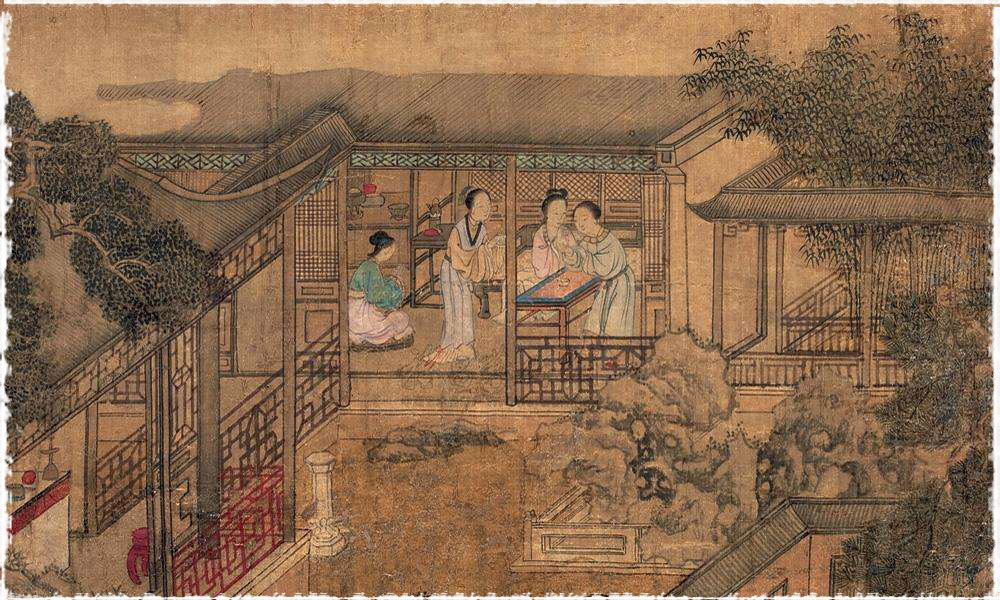
Traditional Chinese Tea Etiquette teavivre
After a brief discussion of the features and functions of customs and etiquette, the chapter focuses on the important traditional rites of a typical Chinese life: birth, enlightenment, puberty, wedding, birthday celebrations, and funeral. It then goes on to introduce rituals among family members and those on social occasions. Download chapter PDF

Chinese Customs and Etiquette You Need to Know
Avoid hugging or kissing during greetings and farewells. Upon meeting or at the same time as the handshake, a business card is presented with two hands by each person. In China, most name cards are bilingual with Chinese on one side and English on the other. Take a moment to look over the card. It is good manners to make a comment about the.
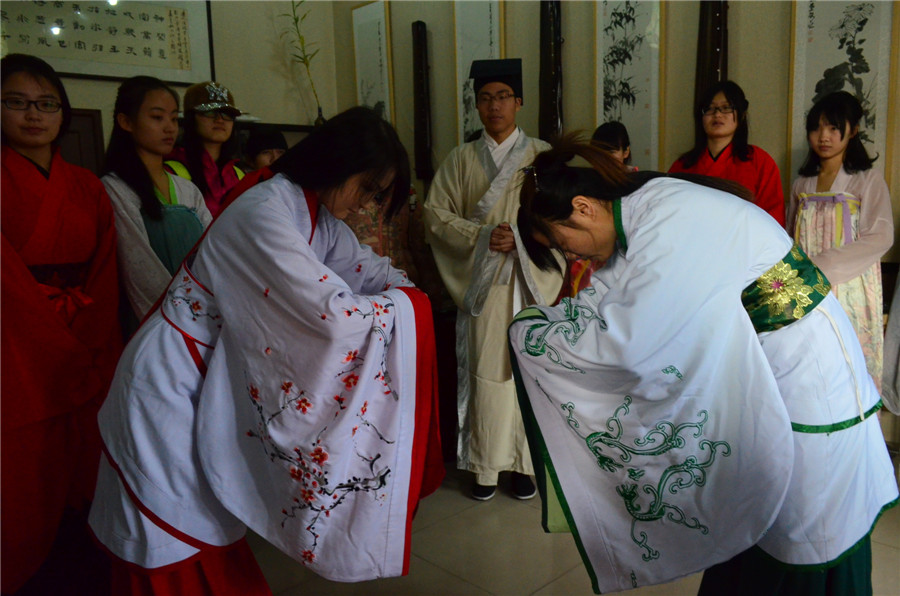
Overseas students learn Chinese traditional etiquette[2]
There are five rituals in ancient China. Sacrifices are auspicious rituals, wedding ceremonies are wedding ceremonies, guests are ceremonies, military ceremonies are military rituals, and funerals are fierce rituals. Folklore believes that etiquette includes four life etiquette: birth, crown, marriage, and funeral.
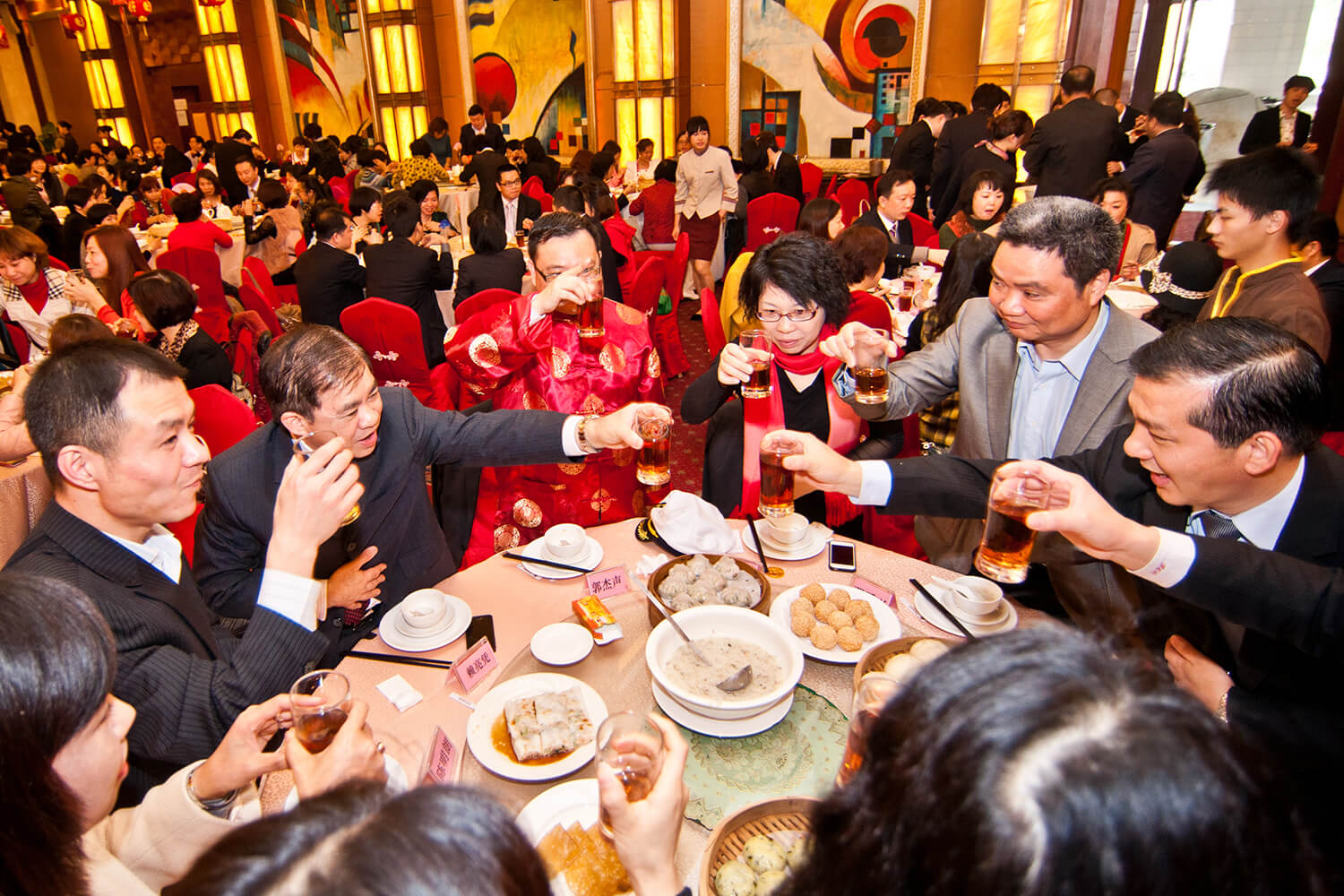
The Basics of Chinese Table Etiquette Asian Inspirations
Historical Origins of Bowing The practice of bowing in Chinese culture can be traced back to ancient times, where it emerged as a way to demonstrate respect and reverence. The origins of bowing can be found in the rituals and ceremonies of the Zhou Dynasty (1046-256 BCE) and the subsequent periods of Chinese history.

Chinese Dining Etiquette Survival Guide
Kowtow is an ancient ritual (abandoned in 1912) to show the highest respect by kneeling on the ground and bowing down. It had been used only for people to worship heaven and earth, deities, emperors, superior officials, parents, and ancestors.
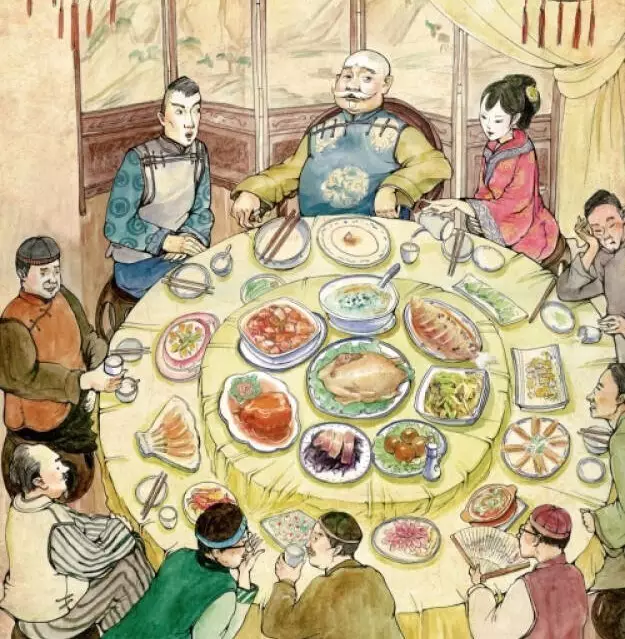
Chinese dining etiquette Ritual of the Table
Fist and palm salute is one of the typical Chinese etiquette with a history of more than 3000 years. Since West Zhou Dynasty (BC 1046-BC 771), people had already used this etiquette when meeting peers (it is said that most Chinese traditional etiquette is originated from Zhou Li, created by the Duke of Zhou in early West Dynasty).

A Simple Guide to Chinese Dining Etiquette and Manners Ocean Palace
Some common etiquette in daily life are listed below: Walking Etiquette Walking etiquette is required as knowledge for people when they're walking. There is an etiquette since ancient times where people in a lower class stoop when passing by people in the upper class to show their respect.
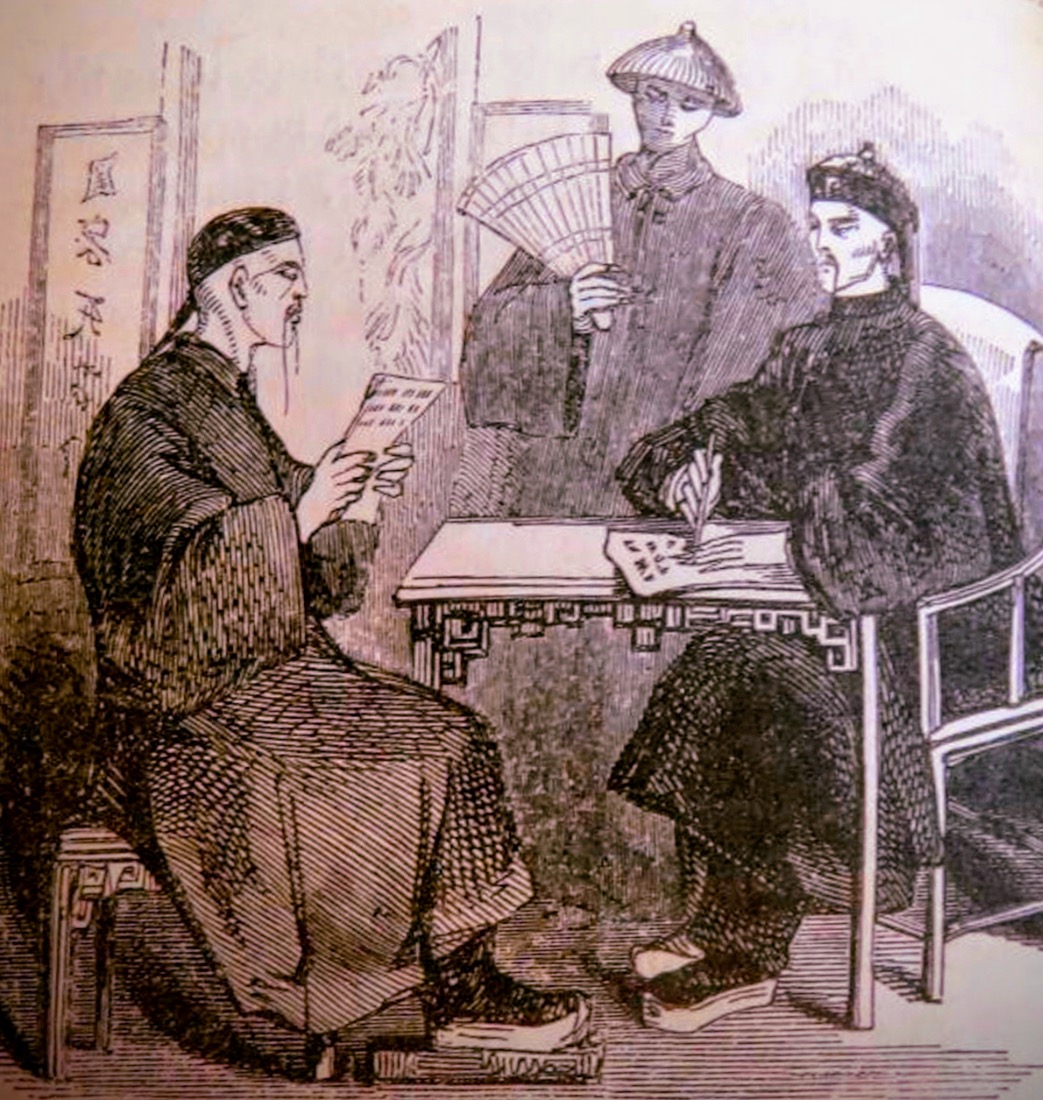
Etiquipedia Chinese Dining and Table Etiquette
April 19, 2022 China is a country rich in history, culture, and traditions. As one of the world's oldest civilizations, Chinese traditions run deep and have been passed down for many generations. Whether you're travelling to China for work or fun, it's important to know and show respect for their culture and customs.
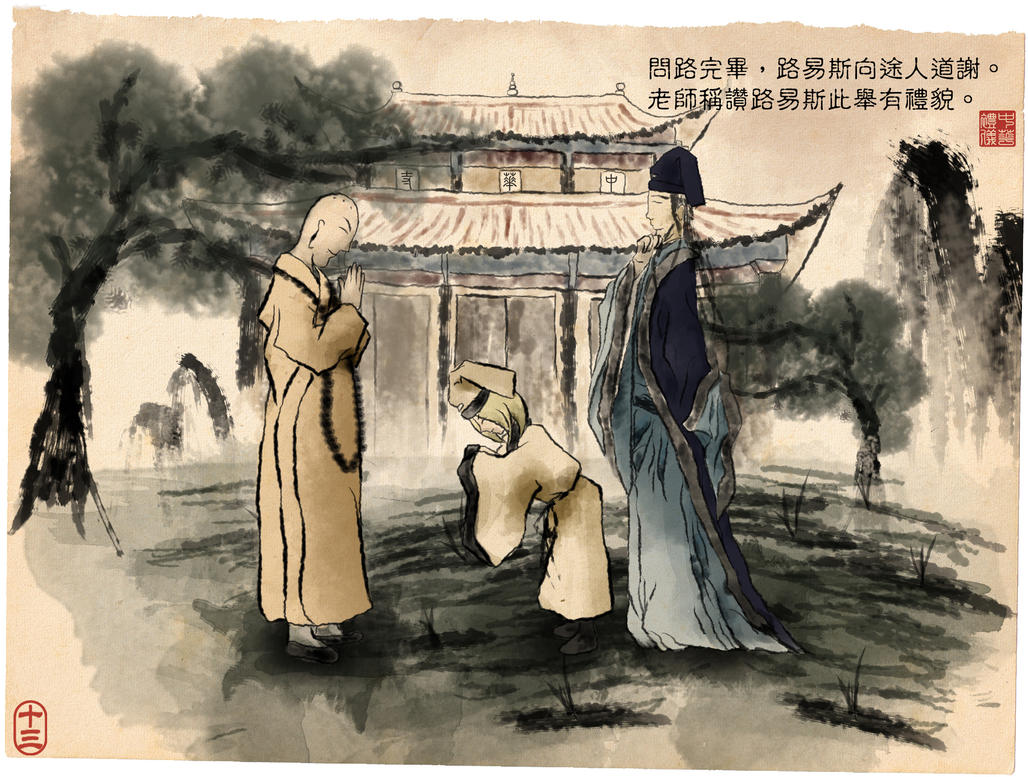
Chinese etiquette 14 by kagomeP on DeviantArt
Home Chinese Culture Rituals and Practices in Ancient China Written by Sally Guo Updated Mar. 30, 2023 Ancient Chinese rituals are an important part of Chinese culture and have been practiced for centuries. These rituals include ancestor worship, worship of the heavens, eating rituals, and birth rituals.